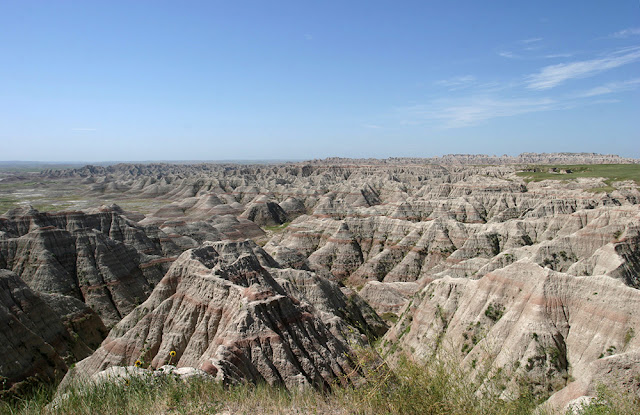 |
| Nikon D7000, 29mm (18-55), 1/3 sec., f/10, ISO 100 |
The picture above was taken from a spot near the location of last week’s night shot. Having learned my lesson about snowflakes on the lens, I used a hood this time. As in previous efforts, the long exposure necessary to capture the light causes the falling snow to turn into more of a mist in the photo.
 |
| Nikon D7000, 48mm (18-55), 1/160, f/6.3, ISO 200 |
Didn’t take long for the snow to get deep. Here the big, ploppy flakes show up well against dark objects in the background.
 |
| Nikon D7000, 30mm (18-55), 1/60, f/4.5, ISO 560 |
We were doing quite a bit of business at the bird feeder. This picture is less of a planned photograph and more of a quick snapshot through a window with the camera’s settings on auto. Still, I like the way it turned out. I’m particularly fond of the birds caught in mid-flight around the feeder.
 |
| Nikon D7000, 55mm (18-55), 1/50, f/36, ISO 100 |
I love the tiny points of light that shine in the middle of a smooth patch of snow. Even at dawn the sunlight was already quite bright, so I closed the aperture down as far as it would go and worked with a slower shutter speed to bring out the light points.
 |
| Nikon D7000, 35mm (18-55), 3 sec., f/8, 100 ISO, retouched |
And then Snowpocalypse Two hit less than a week later. Here’s another early morning shot taken with a long shutter speed and a hood to keep the snow off the lens. I also retouched it in Photoshop to make it slightly less orange.
 |
| Nikon D7000, 32mm (18-55), 3 sec., f/8, 100 ISO |
Just for fun, I decided to add a flash to the long exposure. The objects in the background are too far away for the flash to reach them, but the falling snowflakes closer to the camera bounce it back nicely. The blue color is a result of the camera trying to white balance for the flash. Though I hadn’t anticipated it, I like the effect.






